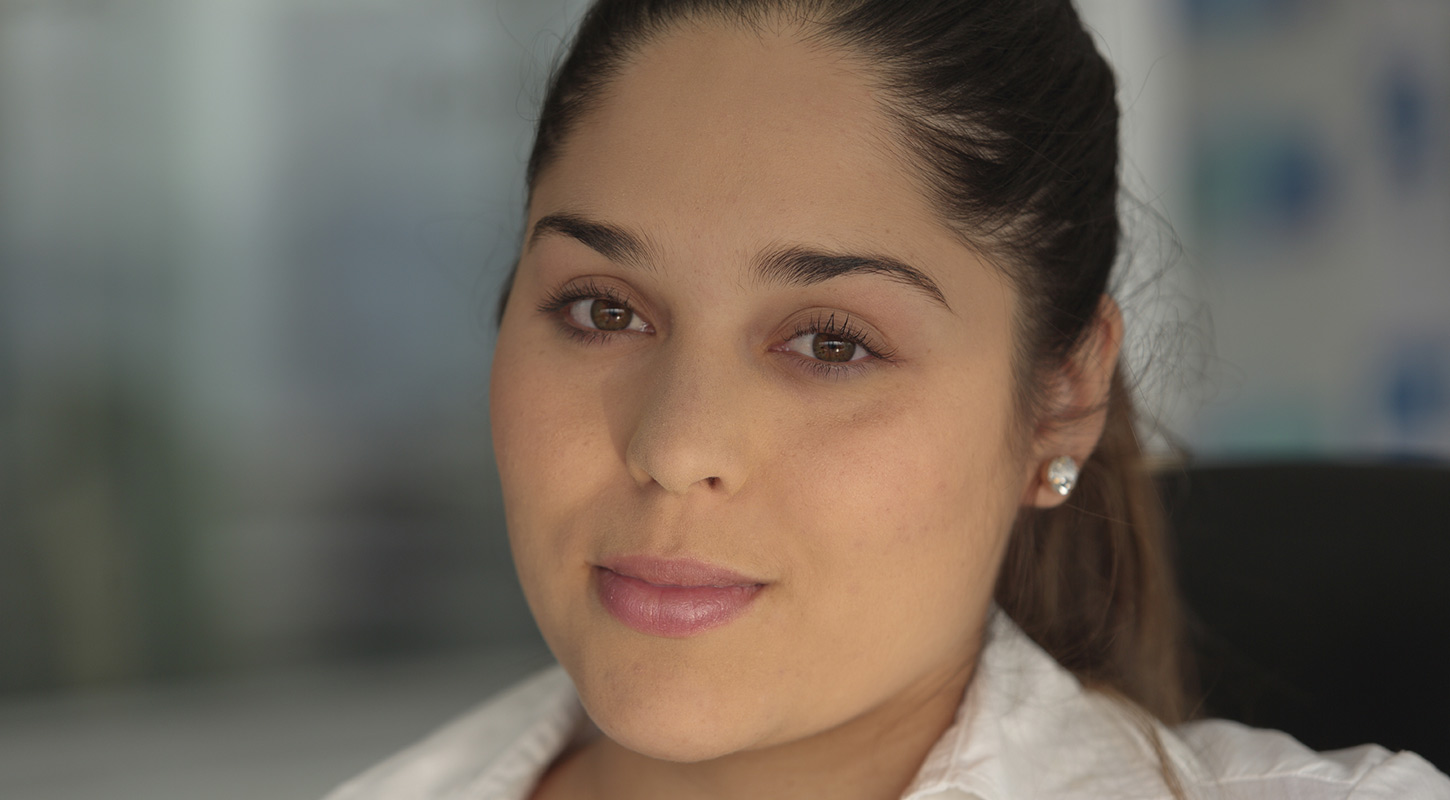5 Common Breast Cancer Myths

Beth Turner, RN and administrative director for Baptist Women’s Health Center, laid out five of the most common myths about breast cancer. In honor of Breast Cancer Awareness Month, discover the truth behind some of these popular misconceptions.
Myth #1 – I’m Too Young to Get Breast Cancer
While it is true that your risk for breast cancer increases as you age, this disease can impact people of all ages at any time. In fact, women under the age of 50 account for 23% of breast cancer cases. Because younger women tend to have denser breasts, it is extremely important to perform self-exams on a regular basis so you can notice any changes or abnormalities as soon as possible.
Myth #2 – If There’s No History in My Family, I Don’t Have to Worry
Even if there is no history of breast cancer in your family, you are still at risk. “Over 75% of women diagnosed with breast cancer in recent years have had no family history,” Turner said. Another common misconception is that the mother’s medical history is the only one that’s important. The mutated or damaged gene that is one cause of breast cancer can be inherited by either parent or even skip generations. If you do have a family history, the age of diagnosis is more important than the number of relatives with the disease. A diagnosis at an early age can be a red flag for hereditary breast cancer.
Myth #3 – Finding a Lump is the Only Way to Detect Breast Cancer
Performing self-exams to find any lumps is a great way to ensure early detection, but a lump is not the only way to find the disease. An annual mammography exam after Age 40 for as long as a woman is reasonably healthy remains the gold standard for breast cancer detection . Self-exams and self-awareness are also very important because some lumps can only be felt and are not visualized on imaging like mammograms, while other cancers don’t form a lump at all. It is important to be aware of other symptoms, such as:
- Discharge from the nipple
- Inversion, dimpling, bulging, itching, irritation, or scaling of the nipple
- Rapid increase in pain with redness or rash
- Rapid change in size, shape, or vein patterns
Myth #4 – My Mammogram Came Back Negative So I Don’t Have Breast Cancer
If your mammogram comes back negative, this does not necessarily mean you are cancer-free or that you will never get cancer in the future. 10 to15% of breast cancer cases are not visible on a mammogram and some lumps can only be felt, not actually visualized in a screening. Because of this, having annual mammograms and performing monthly self-exams are the best ways to stay proactive. Speak to your doctor to get educated about the disease and improve your self-awareness.
Myth #5 – I’m at a High Risk for Developing Breast Cancer and There’s Nothing I Can Do
If you have a higher risk of getting the disease based on family history or genetics, there are still several lifestyle changes you can make to keep your risk as low as possible. This includes:
- Smoking cessation
- Limiting alcohol intake
- A nutritious diet and regular exercise
- Annual mammograms (or more often as recommended by your doctor)
- Clinical breast exams
- Speaking with your doctor about high-risk screening and genetics counseling As with all other cancers, early detection is the key. Speak with your doctor to develop a personalized screening plan based on your family history and make sure you know the proper way to perform a self-exam at home.
